Photographing Frogfish
By Daniel Geary
Although they can be difficult to find, frogfish are some of the best subjects for underwater photographers, especially beginners. They come in all different colors and sizes, and don't like to move around that much. Sometimes they are so camouflaged or hidden that the resulting photograph is cluttered, boring, or makes it hard to even see where the frogfish is. Luckily, there are plenty of techniques when photographing frogfish that allow for great, creative photos.
Although they prefer to be stationary, frogfish do move from time to time
Finding Frogfish to Photograph
The easiest way to find a frogfish is to stick to your guide or ask anyone local for a location or directions. Frogfish don't move around much, so if you can get a depth and specific piece of habitat of a resident frogfish, you should be able to find it if you search slowly.
If diving on your own, always look around sponges, mooring blocks, discarded ropes or tires. Basically, look carefully everywhere as each species has its own preferred habitat—some even live in seagrass and algae in the middle of sand flats. When searching, look for the outline of the tail or the fingernails. Frogfish are incredibly hard to find at first, but after you have seen a few, it starts to get easier.
Frogfish on mooring blocks can normally be found near schools of fish
Equipment for Photographing Frogfish
Due to the size range of frogfish—anywhere from just a quarter of an inch to more than 15 inches—your camera setup depends on the frogfish in the area where you are diving, so ask your guide before a dive.
Luckily, frogfish don't spook easily, so there is no need for a large distance between you and the fish when photographing it. If focusing on juvenile frogfish, those that are smaller than an inch, a 105mm lens is a great choice, although you can get away with using a 60mm lens with a diopter.
Small frogfish, one to three inches, are great to photograph using a 60mm lens. If you are photographing giant frogfish or frogfish larger than three inches, a non-macro lens is recommended. I use a 9–18mm for giant frogfish and a 14–42mm for larger, adult frogfish of other species that are around four to six inches.
It is important to use a strobe or a powerful internal flash so that the colors and patterns stand out.
Remember to ask your dive guides for the sizes of the local frogfish at each dive site
Frogfish Photography Techniques and Tips
Behavior
Although frogfish are stationary most of the time, they do exhibit behaviors that look great in a photograph. One of the classic frogfish behavior shots is when it is fishing for prey. There are a few options to showcase this behavior. One option is to zoom out or move backwards and photograph the entire scene, including the fish, its habitat, and the potential prey. This photo tells the entire story of the behavior.
Another alternative is to show the frogfish with its lure out. This is good if you want the frogfish to fill the entire photo while highlighting the fact that it is fishing. If you want to get creative, zoom in a bit and photograph the face and the lure or the lure on its own, especially when dealing with hairy frogfish as they have a huge worm-shaped lure. This option is good if you’re taking a macro or super-macro shot and want the focus to be specifically the behavior and not the frogfish as a whole.
Utilize negative space behind a fishing frogfish to isolate the lure
Yawning is another great frogfish behavior to capture. Frogfish yawn for three reasons—the first is to realign its jaw. You will see this yawn immediately before a frogfish starts walking or fishing. The second is a yawn that happens after a predation attempt. The frogfish will “cough” while yawning to eject any unwanted items, such as sand, pieces of shells, plant material, etc.
The third reason for yawning is actually a stress reaction. A frogfish will yawn at its reflection in the camera lens—challenging the reflection that it can swallow it whole and should leave it alone! Keep in mind when photographing a yawning frogfish that unless it happens before or after a predation event or movement, it is most likely a stress reaction and the frogfish should be left alone for awhile. If you happen to catch a frogfish yawning, try to get a shot from the side or from directly in front.
Yawning shots look great from most angles, especially if you can see the inside of the mouth
Camouflage
Photographing a well-camouflaged frogfish can sometimes result in a better photo than an isolated frogfish with no background. Frogfish are able to change color, so they are often similar in color and pattern to their surrounding habitat, with some matching it exactly.
Instead of only photographing the frogfish, include the habitat in the photo to illustrate the camouflage and the body pattern. Hairy frogfish are known to have body growths that directly mimic their surroundings, such as algae, sea urchins, or sponges, so they make great subjects when highlighting the camouflage capabilities of frogfish.
Hairy frogfish make great subjects to illustrate their amazing camouflage capabilities, like this one blending in beneath soft pulsating coral
Hidden Frogfish
Many frogfish are so well hidden that only their faces are visible. Not to worry, great photos are still possible. This is especially relevant if you find a giant frogfish while using a 60mm or 105mm lens and it won’t fit in the frame. Shoot from the side while focusing on the side of the face and, if possible, utilize some negative space behind the frogfish such as a blue or black background.
When including only the side of the face in a photograph, the body pattern is highlighted as well as the upturned mouth and, if shooting from the correct side, the stationary lure. This angle occasionally makes the frogfish look quite scary—which results in a cool photo. If you want to get creative, shoot at a shallow depth of field while focusing on the eye for a really soft, creative shot. The frogfish face and background will be blurry except for a tack-sharp eye.
The texture and mouth stand out when isolating the side of a frogfish face
Shooting Head On
An alternative face photograph is shooting the frogfish directly from the front for a face portrait. This is a great idea when the body is located in or obstructed by an undesirable habitat. If a frogfish is isolated in the sand or perched in-between the arms of a branching sponge, this is one of the best alternatives, as you can get an unobstructed view of the face with little or no distracting background. This technique also allows for creativity when it comes to experimenting with blurry backgrounds or blurry portions of the face.
Shallow depth of field works with hairy frogfish face portraits to highlight their body growths
Wrong Lens
Occasionally, you will find a frogfish that is just too big or too small for your lens. No problem if you feel like getting creative. If the frogfish is too big, focus on an interesting section of the body pattern and experiment with a little abstract photography.
A creative abstract shot when photographing a giant frogfish with a 60mm lens
If the frogfish is too small, include a size reference to take up some space in the photograph. A pointer stick or ruler are great options, as well as a finger. Make sure if you use a finger as a size reference that either the nail is manicured or that the nail is facing away from the camera, otherwise it will just be a distraction.
Frogfish too small? Be creative with your size references to fill the frame
Final Thoughts
By following the advice outlined here, even novice underwater photographers will find frogfish to be excellent subjects that can be photographed in a multitude of ways and using a number of different techniques.
Keep in mind, however, that it is important to refrain from moving animals for a photograph. This is especially true when it comes to frogfish, which have been known to be cannibals if another gets too close, so never move two closer together.
Frogfish camouflage relies on their lack of movement, which allows algae, coral polyps, and other organisms to grow and live on the their bodies. By moving frogfish, they are no longer camouflaged against their chosen habitats and this can even dislodge some of the organisms that have made a frogfish their home.
RELATED CONTENT
Featured Photographer

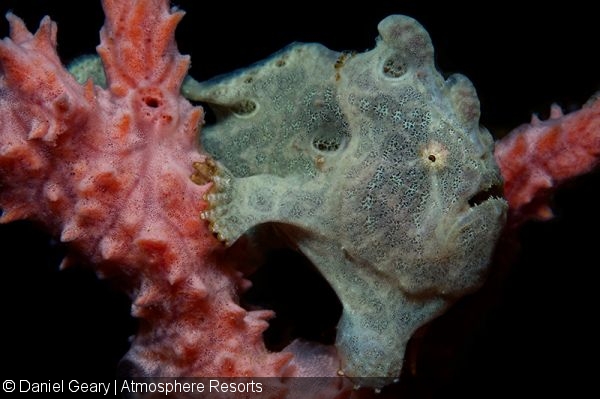
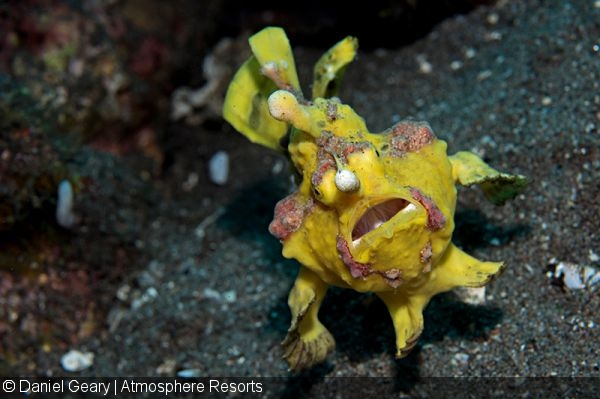
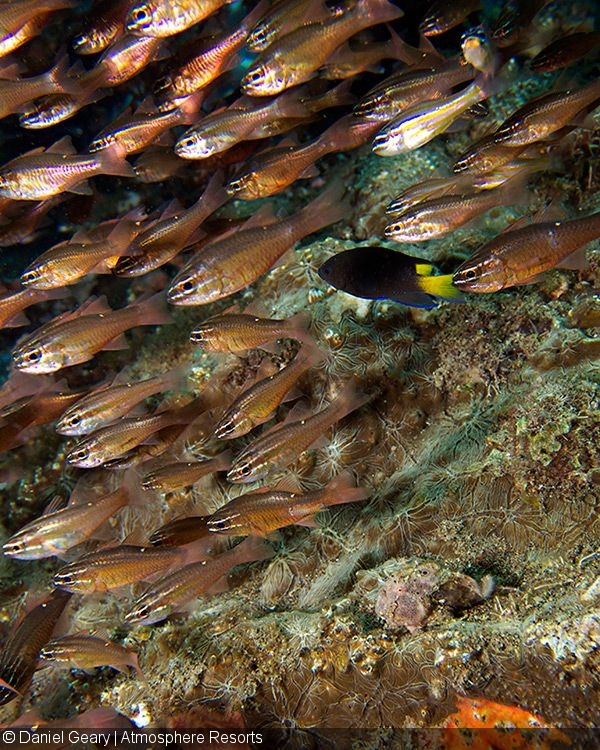
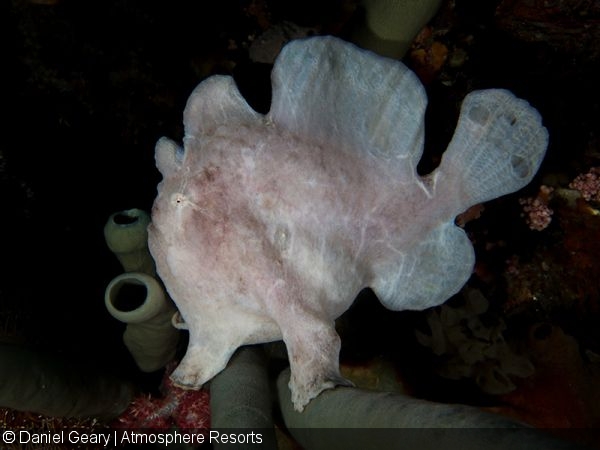
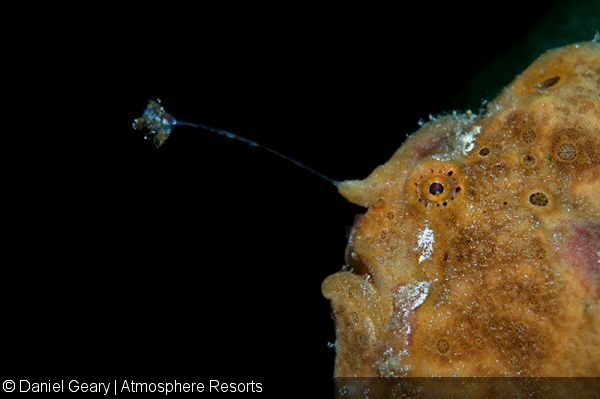
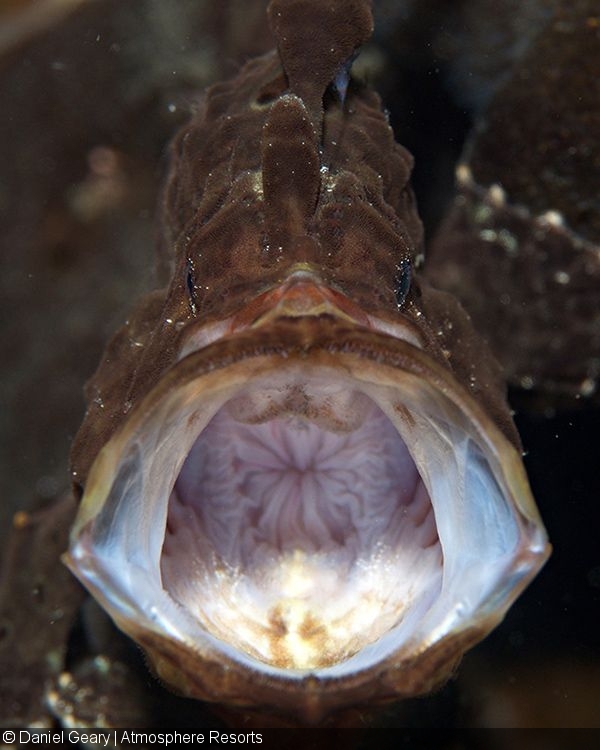
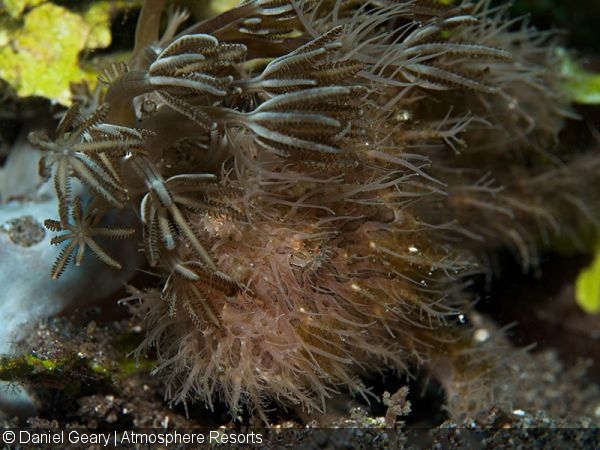
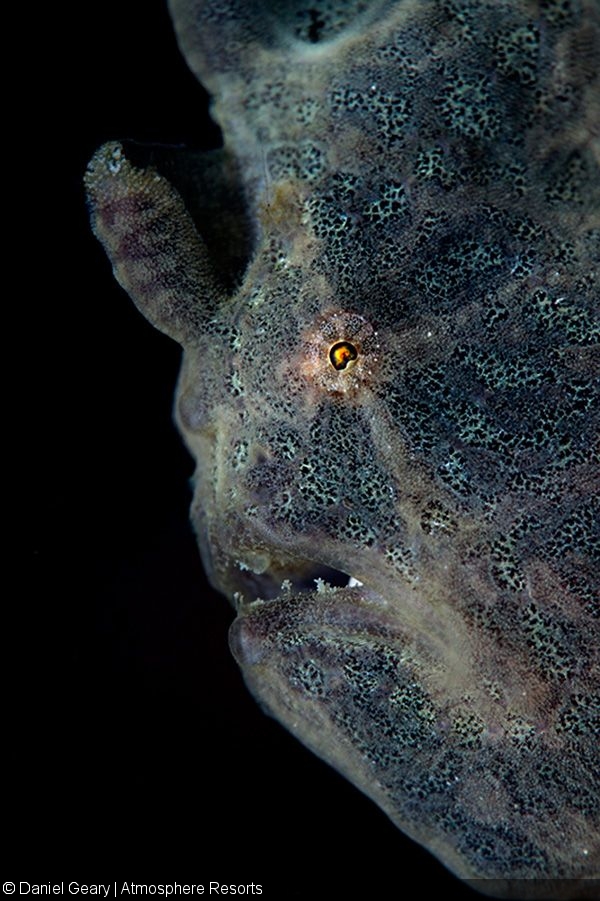
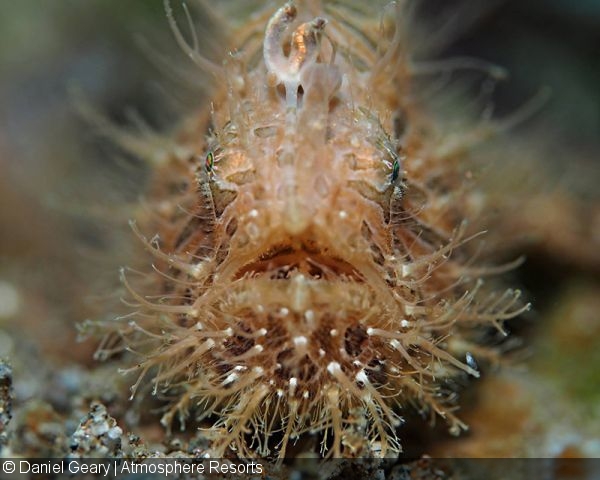
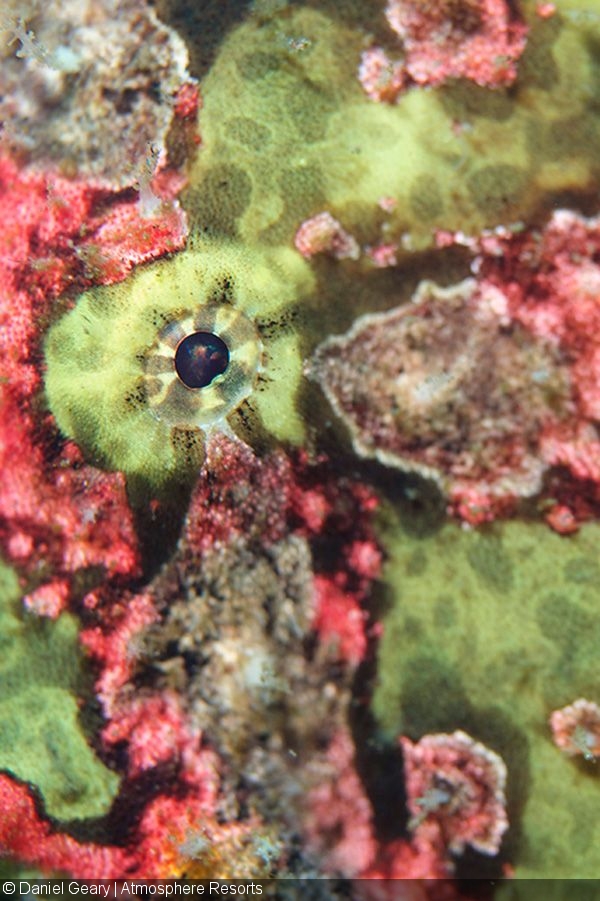
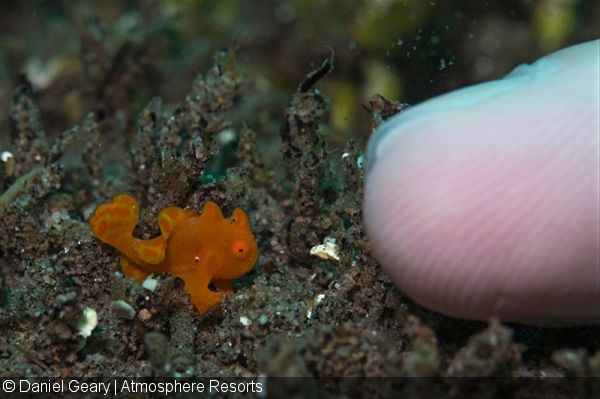
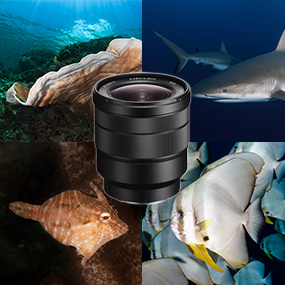

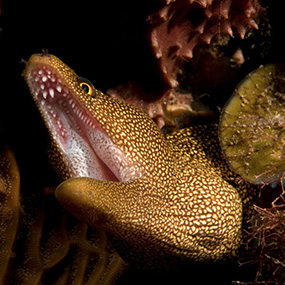
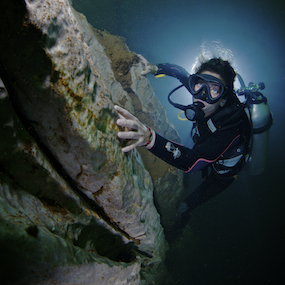
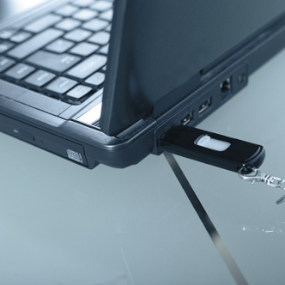
 Antarctica
Antarctica




